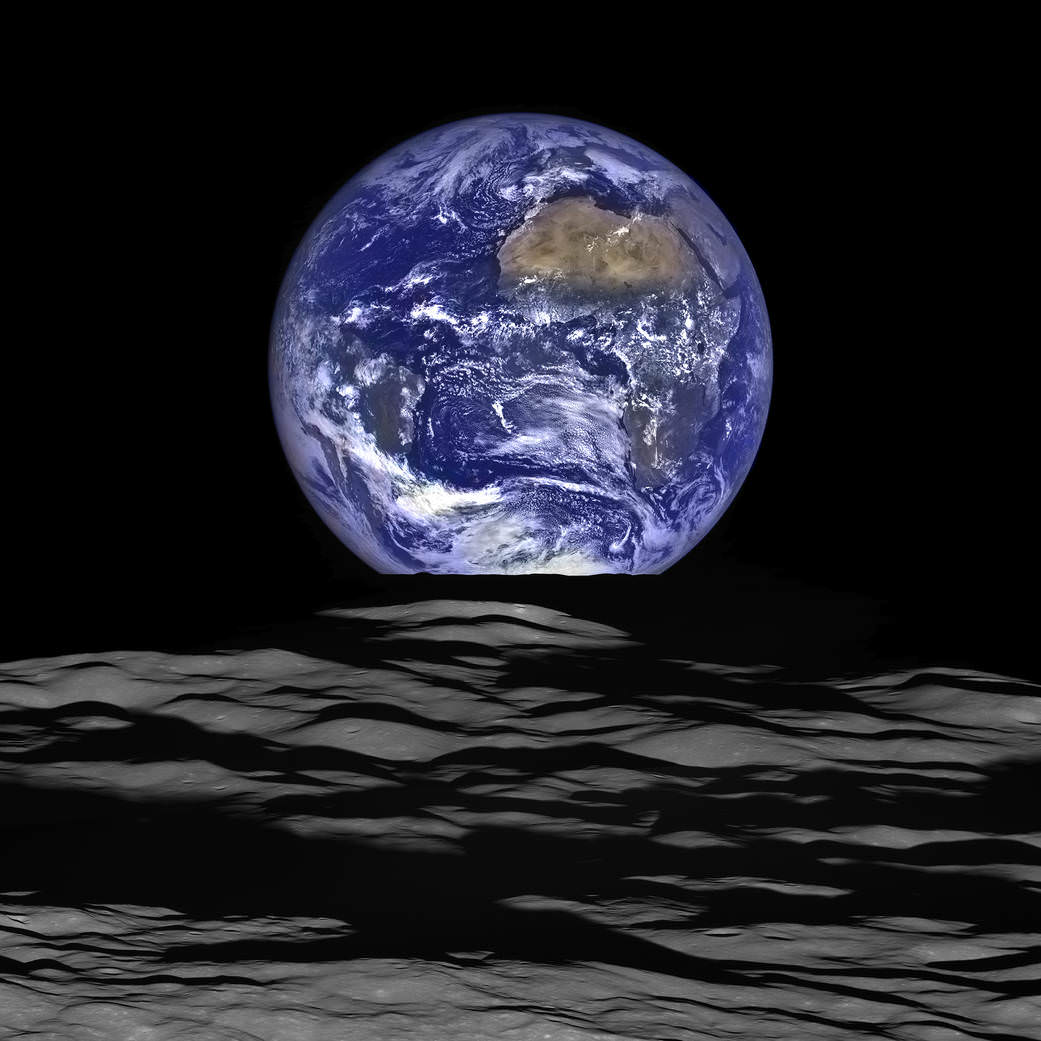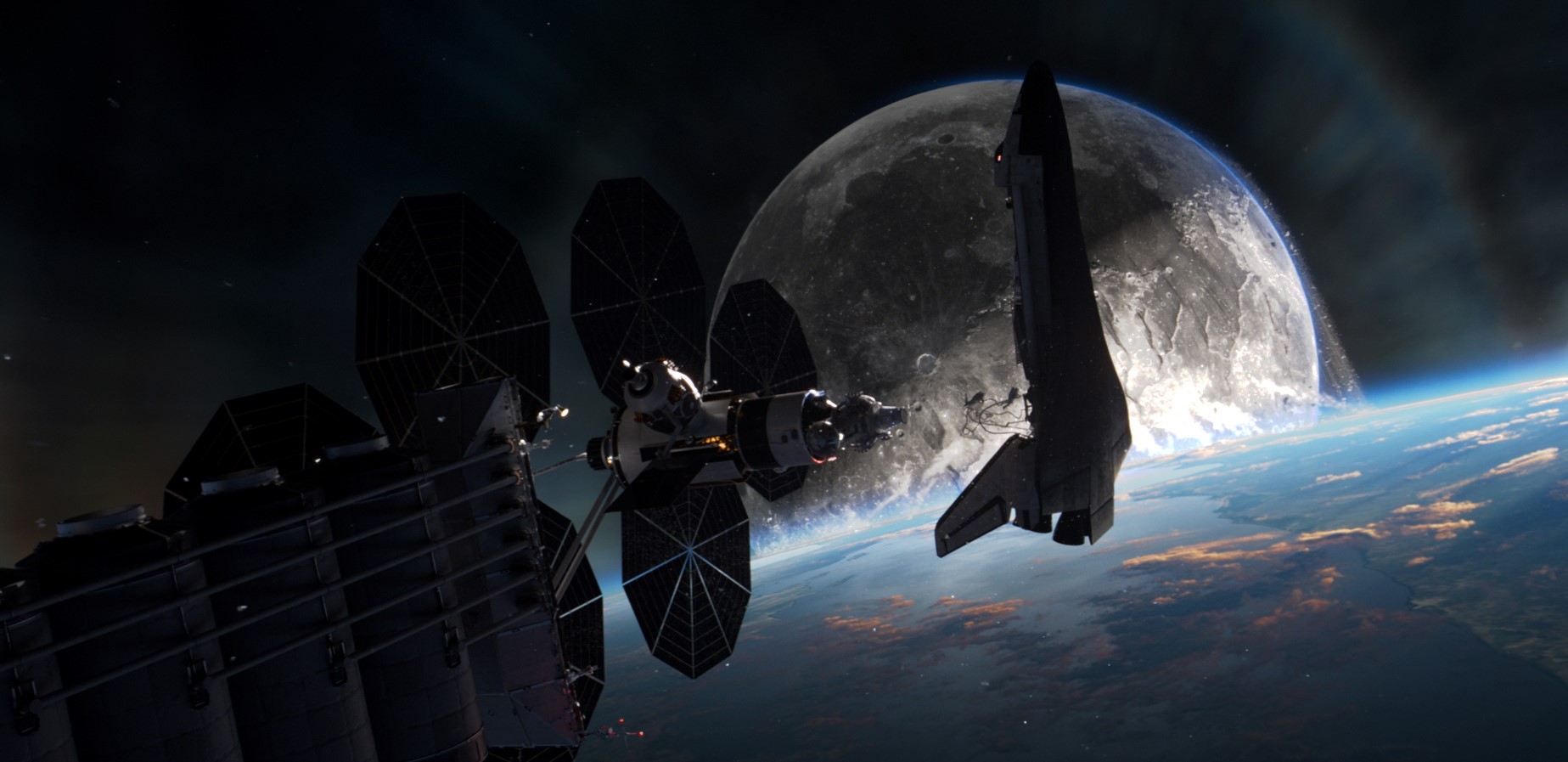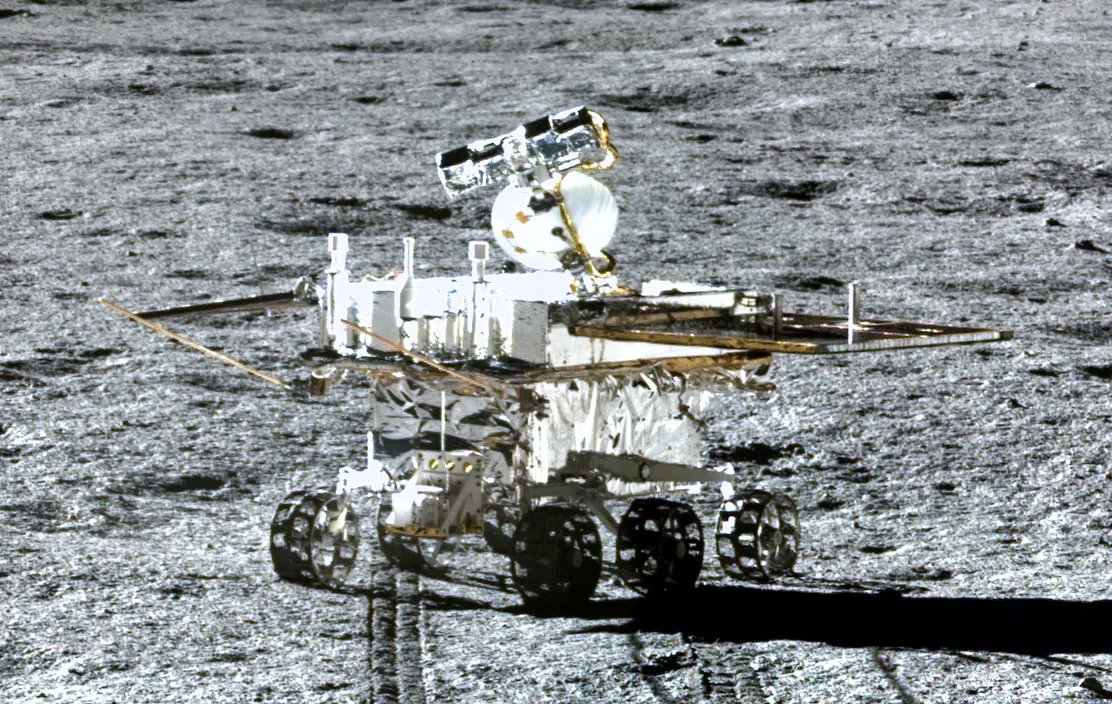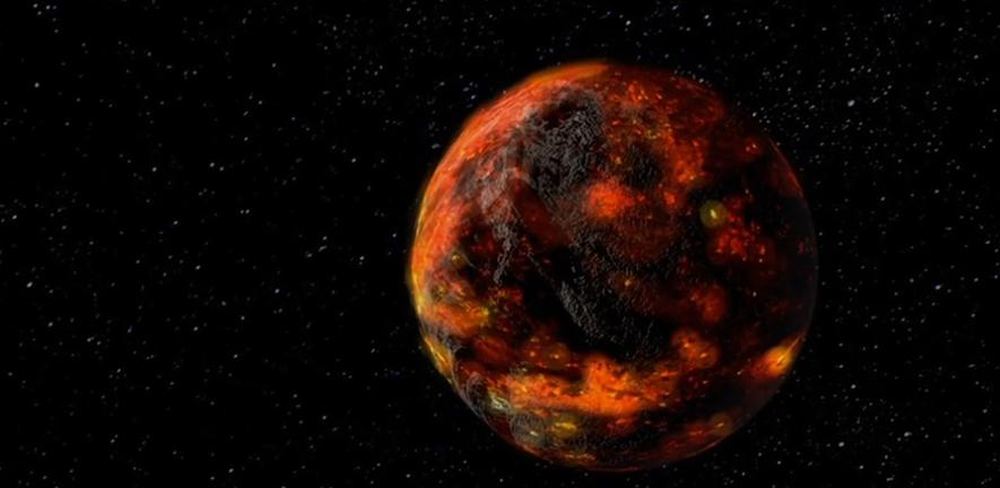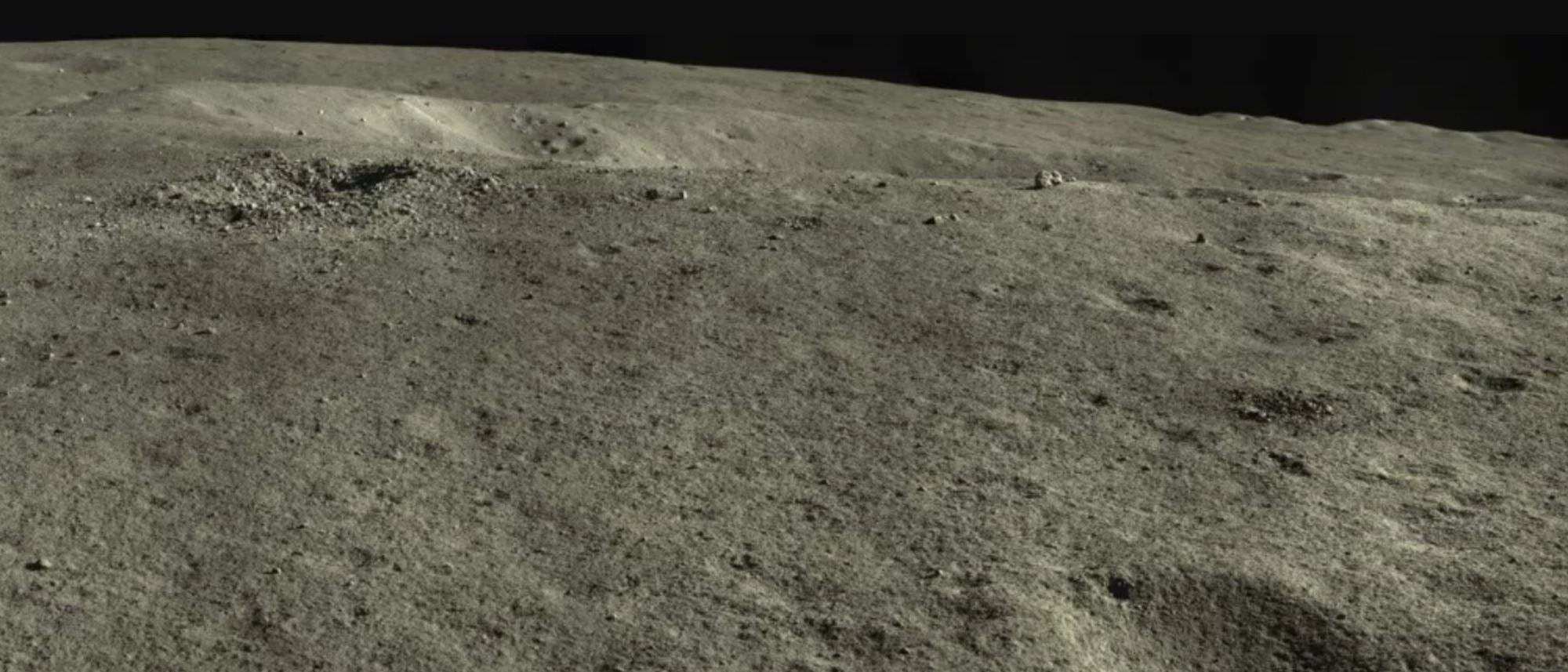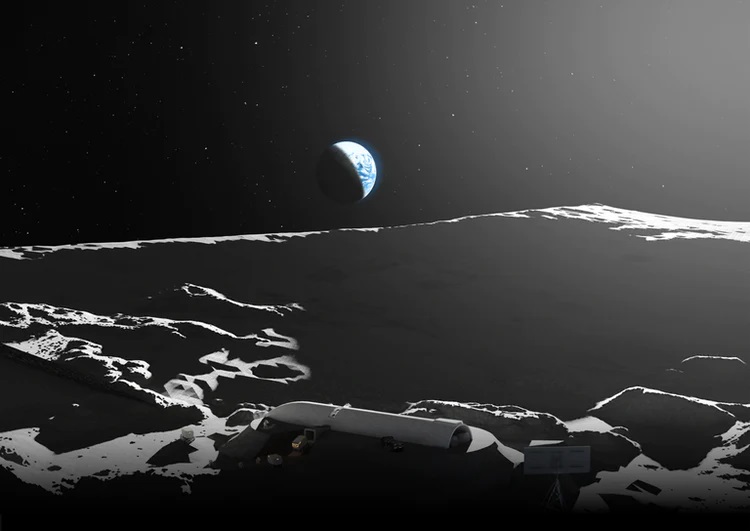The Moon has orbited Earth since the Solar System’s early days. Anyone who’s ever spent time at the ocean can’t fail to notice the Moon’s effect. The Moon drives the tides even in the world’s most remote inlets and bays. And tides may be vital to life’s emergence.
But if Earth were more massive, the Moon may never have become what it is now. Instead, it would be much smaller. Tides would be much weaker, and life may not have emerged the way it did.
Continue reading “Massive Rocky Planets Probably Don’t Have big Moons”
